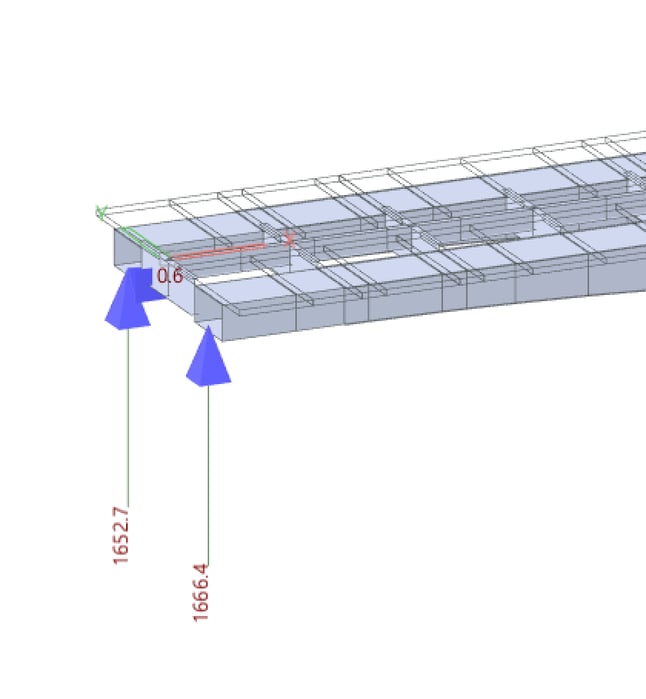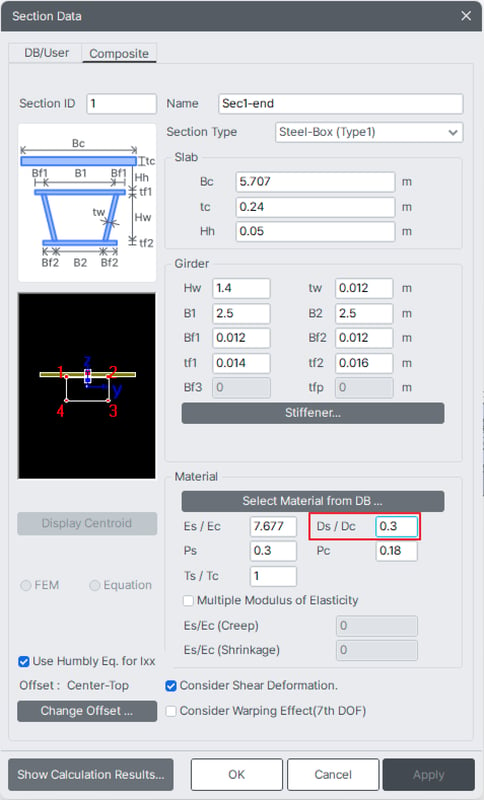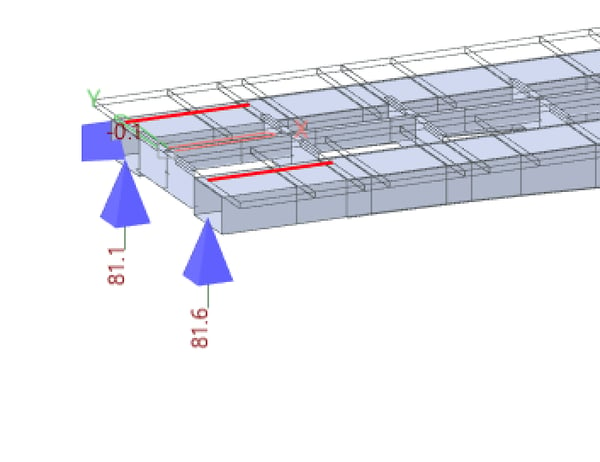Hello civil engineers . This is Connor and Ben!! 👬
Have you not forgotten that, in modeling considering the construction stage, activating the Original and Deformed considering the difference in nodal positions is necessary.
For more details, you can click on 'Deformed vs. Original: Setting Boundary Condition for Elastic Links in Construction Stage Analysis' to check it out!
Then let's move on to today's topic.
Today, we'll explore 'Excessively large self-weight in steel box’ Many users are modeling steel boxes, and there have been inquiries about the self-weight of the steel box appearing excessively large.
Today's question: “I am modeling a steel box, but the result of the self-weight is coming out excessively large. What could be the problem?”
We're going to share the reason for that today.
When defining the Section data of a steel box, if the self-weight of the slab is considered and entered separately, it results in a duplication of the self-weight.
Try this simple and useful method to use MIDAS CIVIL NX more easily and effectively!
First, please check the corresponding model.
 Modeling Example
Modeling Example
This model has a concrete slab created on top of the steel box. It has been confirmed that there are no issues with the boundary conditions and load application, but it was noticed that the reaction force due to self-weight is excessively large at the ends.
 Reaction Force due to Self-weight
Reaction Force due to Self-weight
I will discuss the points to be cautious about when modeling steel boxes. After modeling a steel box bridge, you will enter the self-weight separately. In cases where self-weight is entered separately, it is necessary to review whether the self-weight of the concrete slab is not duplicated in the input.
This can be checked in the Section data.
 Section Data
Section Data
In the section properties input dialog, the Ds/Dc represents the weight ratio of steel to concrete. For composite steel sections, the modulus of elasticity and weight ratio of concrete are calculated based on the steel girder. The converted self-weight of the slab is determined by the Ds/Dc value entered here. If the self-weight of the concrete slab is entered as a separate load, you should input 0 in this section.
By doing so, you can achieve the desired results for the self-weight.
 Correct Result of Self-weight
Correct Result of Self-weight
Pretty simple, isn’t it?
This small tip for MIDAS CIVIL NX will make your work much easier. Now become a wizard of the 'Steel box modeling' while using MIDAS CIVIL NX more effectively! 🎩🔮
 Get Started midas Civil
Get Started midas Civil
 Featured blog of this week
Featured blog of this week





